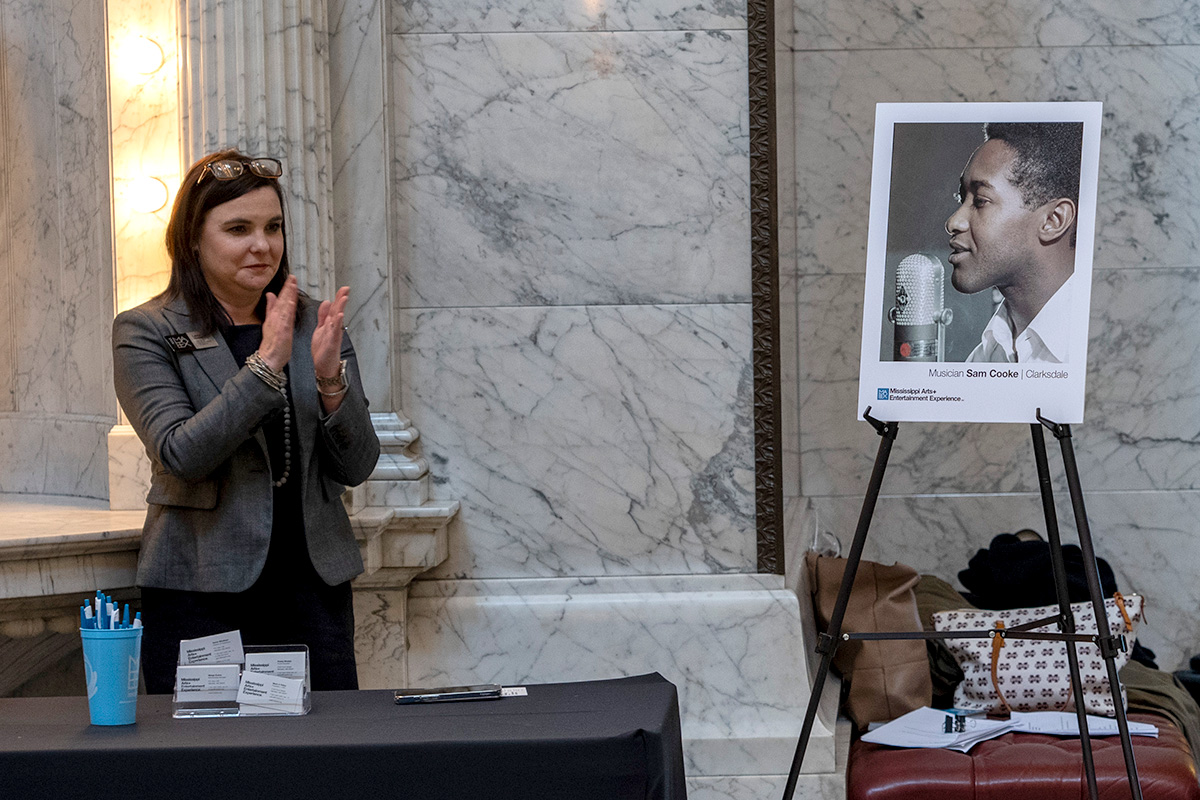Sam Cooke. W. C. Handy. Marty Stuart. Alice Walker. Ida B. Wells.
These five superstars in their fields—musical performance and business, writing, journalism, Black activism—are the latest Mississippians inducted into the Mississippi Arts and Entertainment Experience Hall of Fame. They join the ranks of Oprah Winfrey, James Earl Jones, Sela Ward and 25 other Mississippi artists The MAX, as it is commonly known, has honored.
The MAX Hall of Fame is a two-story, multimedia, 360-degree exhibit that showcases the impact Mississippians have made in the arts and entertainment world. The exhibit includes stories, faces and works from musicians, actors, media personalities, visual artists, authors, and other arts and entertainment icons who trace their roots to Mississippi, the museum’s website explains.
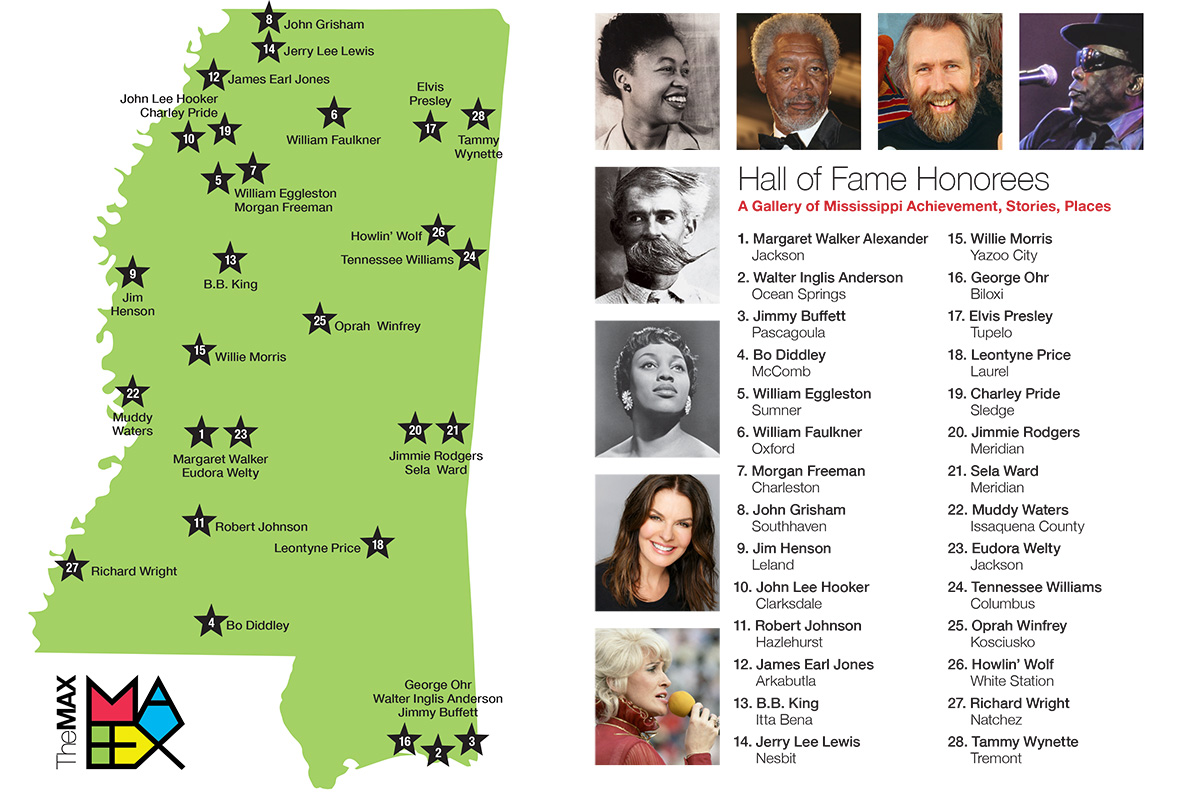
“We pride ourselves in Mississippi on being the birthplace of America’s music. We’re very proud of our authors, our artists, our entertainers, our musicians and the list goes on and on,” Mississippi House Speaker Philip Gunn, a Clinton Republican, said at the Jan. 18, 2022, press event. “On a per capita basis, I don’t know that there is any other state in the country that can brag like we can on what we have.”
Before the reveal, five placards covered in black veils stood on the second floor of the Mississippi Capitol building rotunda representing each of the inductees. MAX Sound of Success graduate Camryn Gray presented the first new inductee: Sam Cooke. She and Jay McCurty, another Sound of Success graduate, then took turns introducing the newest candidates.
This year’s crop of new inductees vary between birthright or being in Mississippi for significant portions of their careers. The first was a singer, songwriter and entrepreneur from Clarksdale.
Sam Cooke: A Highway to Fame
Singer Sam Cooke, the son of a minister, was born Jan. 22, 1931, in Clarksdale, Miss., and raised in Chicago, Ill.. The singer, songwriter and entrepreneur was a major figure in the history of popular music. Along with Ray Charles, he is considered one of the most influential Black vocalists of the post-World War II period.
Cooke performed with his family as a child, and in his teen years he formed a quintet called The Highway QC’s. He would become a member of the gospel group, Soul Stirrers, in the 1950s. His light, lilting singing style had a huge impact on the African American church community nationwide. The gospel group had major hits like “Nearer to Thee,” “Touch the Hem of His Garment” and “Jesus Wash Away My Troubles.”
In 1957, he decided to transition to pop music and reinvented himself as a romantic crooner. He wrote many of his best songs, including his first hit, “You Send Me,” which shot to number one on all charts and established him as a superstar.
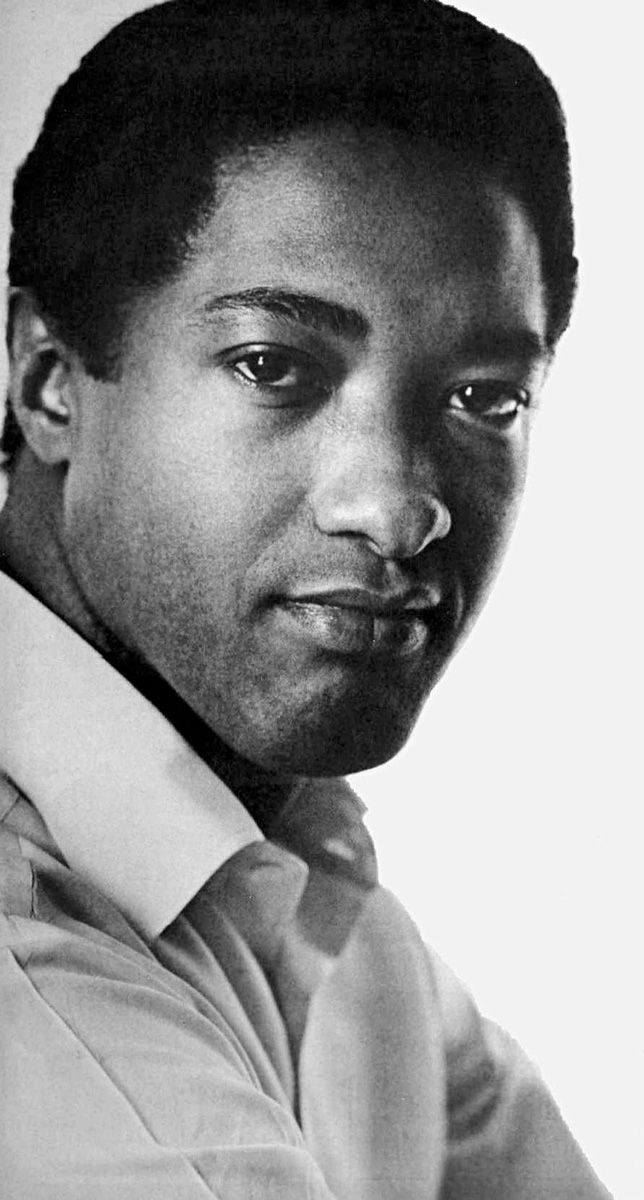
Cooke was also a distinguished businessman, heading his own publishing, recording and management firms. He was able to negotiate a contract with RCA, which earned him a substantial advance and ownership of his master recordings after 30 years—a huge feat for any recording artist during that time.
He founded his record label in the 1960s and helped develop the careers of Bobby Womack and Billy Preston. Cooke also broke new ground by playing nightclubs like the Copacabana in New York City, which was previously off-limits to rhythm-and-blues acts.
Unfortunately, Sam Cooke’s life would be cut short after a motel manager fatally shot him on Dec. 11, 1964. He was 33 years old.
“A Change Is Gonna Come” remains his signature song, which was a response to Bob Dylan’s “Blowin in the Wind.” Cooke entered The Rock and Roll Hall of Fame in 1986 and posthumously earned a Grammy Award in the lifetime achievement category in 1999.
C. Handy: ‘Father of Blues’
Born Nov. 16, 1873 in Florence, Ala., W.C. Handy—full name William Christopher Handy—was an American composer who integrated the blues idiom into ragtime music, having an immense impact on popular music. As the son and grandson of Methodist ministers, he went against family tradition and began to cultivate his interest in music at a young age.
He learned to play several instruments, including the organ, piano and guitar, and he was a skilled cornetist and trumpet player. After graduating from Teachers Agricultural and Mechanical College in Huntsville, Ala. in 1892, he left his hometown and travelled throughout the midwest, taking a variety of jobs with several musical groups.
He was also a teacher for two years before he settled in Clarksdale, Miss., where he conducted his own orchestra, the Knights of Pythias from 1903 to 1921. Handy became entrenched in the music of the Mississippi Delta and Memphis, Tenn., arranging some of the music into his band’s performances. He couldn’t find a publisher for the music he wrote, so he formed a partnership with Harry Pace, and they founded the Pace & Handy Music Company.
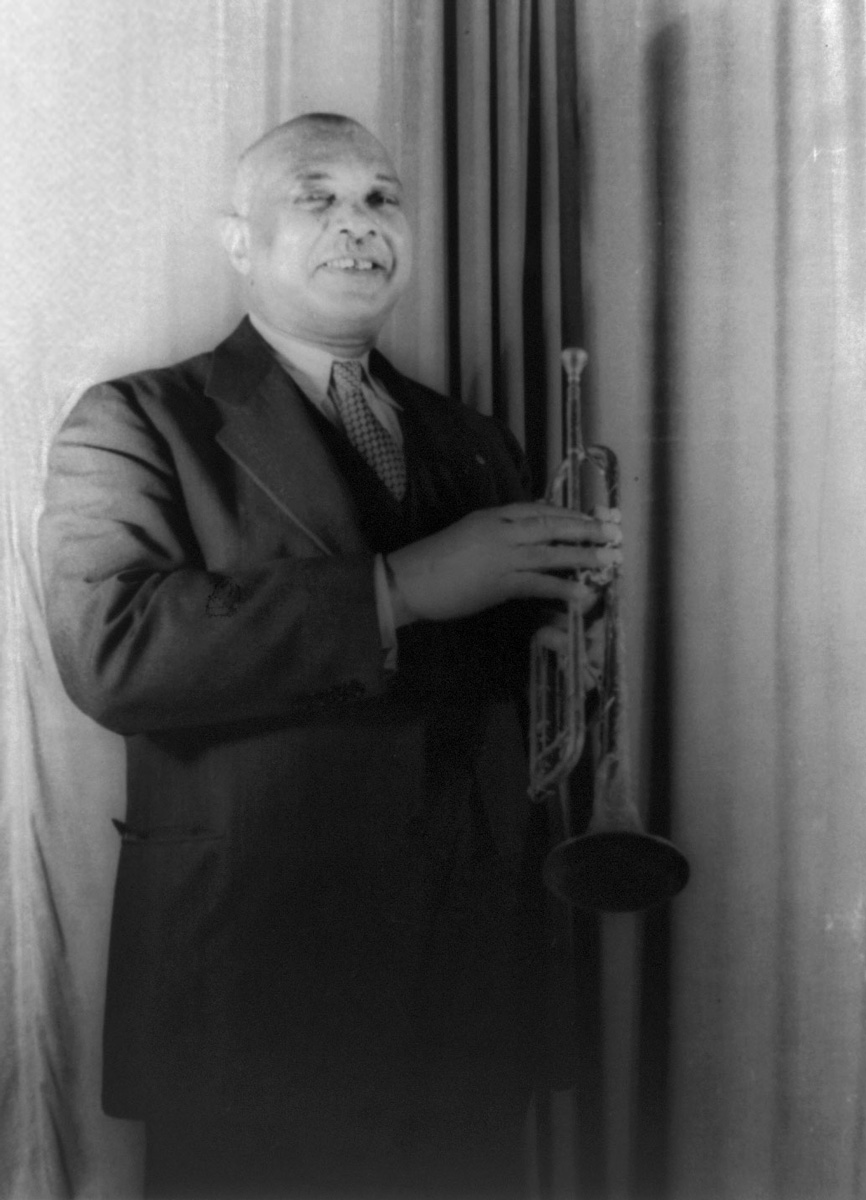
He worked during the transition from ragtime to jazz music and drew from vocal blues melodies of African American folklore, adding harmonizations to his orchestral arrangements. W.C. Handy helped develop the conception of blues as a harmonic framework within which to improvise.
In his songs “The Memphis Blues” and “St. Louis Blues,” he introduced a melancholic element, which can be accomplished by using the “blue,” slightly flattened, seventh tone of the scale, which is characteristic of African American folk music. Some of Handy’s other notable works include “Beale Street Blues,” “Loveless Love” and several other marches and symphonic compositions.
Handy met his wife, Elizabeth Virginia Price, during a performance in Henderson, Ky., in 1898 and they married in July of that same year. The two had two children together and remained married until her death in 1937. Handy wrote an autobiography, “Father of Blues,” which The Macmillan Company published in 1941. Handy died on March 28, 1958.
Marty Stuart: Touring Since Age 12
Country-music singer Marty Stuart—born Sept. 30, 1958 in Philadelphia, Miss.—got his first guitar not long after he learned to walk. By age12, he turned professional and spent the summer touring with the Sullivan Family, a bluegrass gospel group, as a mandolin player.
After spending the summer touring, he dropped out of school to be a mandolin player with Lester Flatt and his band, The Nashville Grass. He spent years on the road performing at bluegrass festivals and concerts and met many people like Bill Monroe, Earl Scrugs, The Eagles and Chick Corea.
After Lester Flatt died in 1979, he joined Johnny Cash’s band as a guitarist. He worked on solo projects and released his second album, “Busy Bee Cafe,” in 1982. He ended up marrying Johnny Cash’s daughter, Cindy Cash, but he parted ways with his father-in-law in 1985 to focus on his solo career.
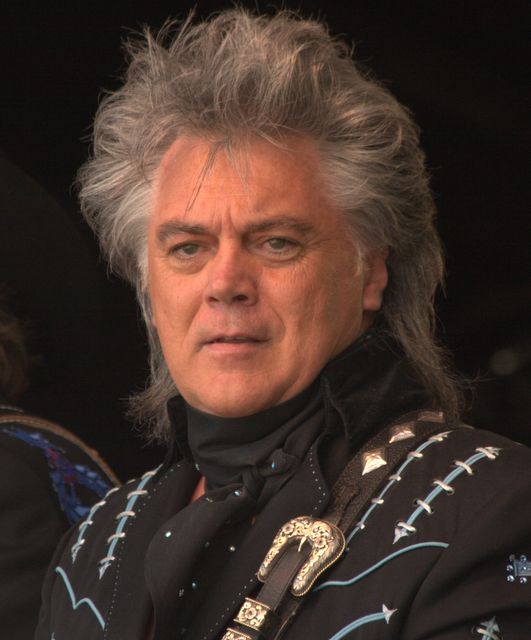
He explored the sounds of rockabilly and found success with his next album “Marty Stuart” in 1986, which earned him his first hit song “Arlene.” He also created his stage persona, which included fancy western style suits and teasing of his signature shag haircut. In 1989, his album “Hillbilly Rock” reached the top 10 country music charts with the album’s title track.
After partnering with Travis Tritt, he won his first Grammy for Best Country Vocal Collaboration for “The Whiskey Ain’t Workin” in 1992. He won another Grammy the following year for Best Country Instrumental Performance. Though Stuart would still make music, his later albums didn’t perform as well commercially as his earlier work.
Despite this, he worked on film soundtracks for Steven Seagal’s “Fire Down Below” and “All The Pretty Horses,” which earned him a Golden Globe nomination. Cindy and Marty divorced in 1988, but Stuart remarried in 1997 to country singer Connie Smith. They remain married to this day.
Alice Walker: ‘In Love and Trouble’
Writer, poet, activist and essayist Alice Walker was born Feb. 9, 1944, in Eatonton, Ga., to sharecroppers Willie Lee and Minnie Lou Grant Walker. When she was 8 years old, her brother accidentally shot her in the eye while playing with his BB gun. Her parents were too poor to afford a car, which delayed her trip to the doctor for several days.
By then, her wound had grown so severe that she lost the use of her right eye. The handicap played a key role in her writer’s voice, and she withdrew from others, instead becoming an observer of human relationships and social interaction. She earned a scholarship to Spelman College in Atlanta, Ga., in 1961.
The Civil Rights Movement attracted her, and she became an activist. In 1963, she transferred to Sarah Lawrence College in Bronxville, N.Y., where she started to work seriously on writing poems, publishing several in a college journal. After graduating, she returned to Georgia and participated in the civil-rights movement, carrying out voters’ registration among the poor in rural areas.
In fall 1965, she moved to New York City, working in the city’s Welfare Department. The following year, she moved to Jackson, Miss., volunteering for voter-registration drives and Head Start programs as a Black history teacher. She married her husband, Melvyn Leventhal, a white Jewish civil-rights activist, in March 1967.
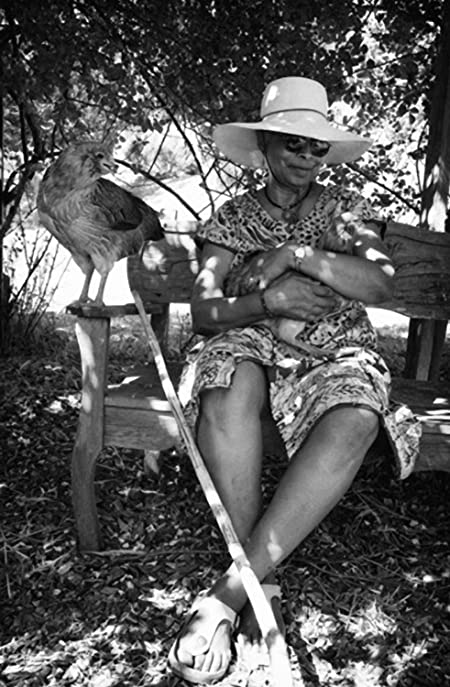
The couple received threats of physical violence due to their interracial marriage, which was illegal in Mississippi at the time. In 1968, Walker accepted a teaching position at Jackson State University and that same year, she published her volume of poetry, “Once.” In 1969, she finished her first novel, “The Third Life of Grange Copeland,” and gave birth to her daughter three days later.
Harcourt Brace Jovanovich published the book in 1970, and Walker accepted a writer-in-residence position at Tougaloo College. Walker faced a difficult home life in Mississippi, resulting in spouts of depression. Her second book, “Meridian,” is set during this period of her life. In 1972, she and her daughter moved to Massachusetts, where she became a teacher at Wellesley College.
Continuing to write, Walker went on to publish “In Love and Trouble: Stories of Black Women,” her first collection of short stories, and her second volume of poetry, “Revolutionary Petunias and Other Poems,” in 1973. Harcourt Brace Jovanovich published her second novel, “Meridian,” in 1976.
Walker would go on to write and publish 13 additional novels and short-story collections, nine additional poetry collections, and 12 nonfiction books. She became the first African American woman to win a Pulitzer Prize for Literature and the National Book Award in 1983 for “The Color Purple,” which Amblin Entertainment adapted into a film in 1985.
Alice Walker’s writing reflects her roots in Georgia, where Black vernacular was prominent, and slavery and oppression were still present. The central characters in her work are almost always Black women, as she is deeply invested in revealing the experiences of Black women. She also coined the term womanist, which describes her philosophical stance on the issue of gender. She sees herself as someone who appreciates women’s culture and femininity.
Ida B. Wells: Fighter Against Racism, Lynching
Ida B. Wells was an African American journalist, abolitionist and feminist who led an anti-lynching crusade in the United States in the 1890s. The Holly Springs, Miss., native was born on July 16, 1862, into slavery amid the Civil War. After the war ended, her parents became active in Reconstruction-era politics.
Her parents instilled in her the importance of education, and she would eventually go on to enroll at Rust College, but the school expelled her when she started a dispute with the university president. In 1878, she visited her grandmother and learned that her hometown the yellow fever epidemic had affected Holly Springs. Her parents and infant brother didn’t survive, which left her to take care of her other siblings.
She took a job as a teacher to keep the family together, later moving her siblings and herself to Memphis, Tenn., where she continued to be an educator. In 1884, she filed a lawsuit against a train-car company for unfair treatment. Wells bought a first-class ticket, but the train crew forced her to move to the car for African Americans.
When she refused, she was forcibly removed from the train. She won the lawsuit and a $500 settlement in a circuit-case court, but the Tennessee Supreme Court overturned the decision. After this incident, she started writing about issues of race and politics in the South. Black newspapers and periodicals published her articles under the name “Iola,” while governments tried to censor and block her work
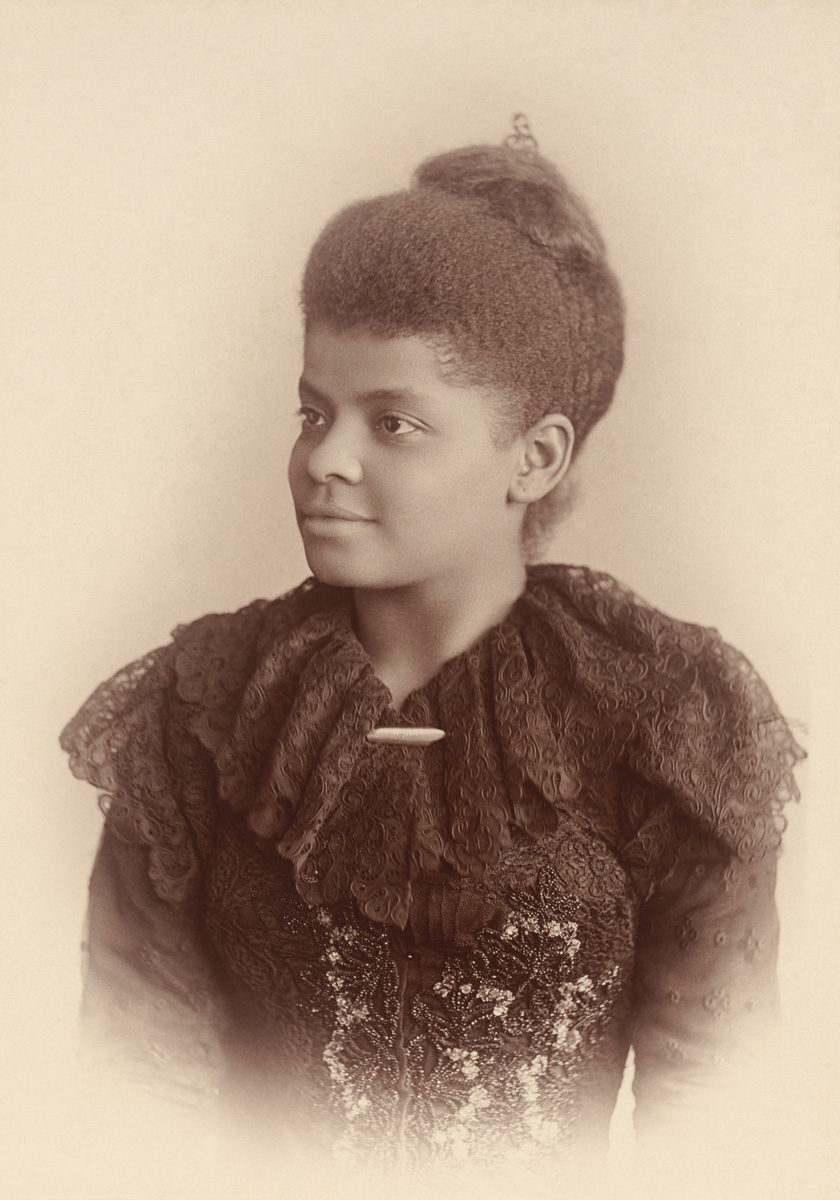
Wells owned two newspapers: The Memphis Free Speech and Headlight and Free Speech. While working as a journalist and publisher, she also served as a teacher at a segregated public school and was very vocal about the conditions of segregated schools in the city. Due to the criticism, the Memphis Board of Education fired from her teaching position in 1891.
After her friend and his associates were lynched in 1892, Wells turned her attention to white mob violence. She was skeptical about the excuses white mobs gave for lynching Black men and set out to investigate several cases. She published her findings in a pamphlet and wrote several columns in local newspapers.
Her exposé on an 1892 lynching enraged locals. They burned her press, madly attempting to drive her from Memphis. After months of facing threats, she moved to Chicago, Ill. She married famed African American lawyer Ferdinand Barnett in 1895, and they had four children. Wells balanced motherhood and activism and travelled internationally, shedding light on lynchings and race massacres to foreign audiences.
She also confronted the white women in the suffrage movement who ignored lynchings. Due to her stance, women’s suffrage organizations in the United States often ridiculed her. Despite criticism, she remained active in the women’s-rights movement and founded the National Association of Colored Women’s Club to address issues dealing with both racism and women’s suffrage.
In 1909, Wells also attended the conference for an organization that would later become the National Association for the Advancement of Colored People. She was considered a founder, but would later cut ties with the organization. She focused on urban reform in Chicago later on in her career and died on March 25, 1931.
‘MAX Creates’: Lessons for Children
The Mississippi Arts and Entertainment Experience, better known as The MAX, is a Meridian museum that seeks to highlight the state’s global legacy in every area of arts, to honor Mississippi’s legends in arts and entertainment, and to inspire future artists through exhibitions, performances, classes and events, the museum’s website reads.
In its pursuit of inspiring and pushing the next generation of Mississippi artists, the 4-year-old museum offers various programs to the community and youths of all ages—such as the Mini Maestro program, a music program for children 5 years old and under, and free classes like MAX Creates on Tuesdays, a monthly, specialty class where the museum offers art experiences to locals at no charge.
“(It’s) a really fun, unique way that we combine classes and be an offset for what public schools in our area may or may not be able to offer,” MAX Director of Communications and Programs Laura Hester said.
A new summer program is for high-school juniors and seniors: The Sound of Success. The pilot, which started in the summer of 2021, allows teachers to nominate junior and senior students with special talents.
Those students then meet and converse with professionals in the music industry. Students in the program hailed from Lauderdale County and a few surrounding counties that have the ability to drive to the Meridian museum on a daily basis.

“It’s a week-long immersive experience,” Hester said. “They got to meet people in the recording industry. We’re talking about the presidents of major music labels. They got to meet Grammy-award-winning musicians who gave them advice and really helped them to move forward.”
Hester said the museum will do the program again this year with the addition of a writing program. Write for Success will connect students interested in writing with Mississippi writers.
“It is our absolute goal that any child that walks through our doors sees success,” Hester said. “We want every child to be able to identify that, so whomever that might be and whatever that looks like for them because that’s different for everybody.”
“So it doesn’t mean that you have to be the next Elvis, but it does mean that because Elvis came from a poverty-stricken area, he still became successful.”
‘Become Whatever They Want to Be’
Camryn Gray, 18, said she met people like blues singer Dorothy Moore, who sang a cover of “Misty Blue”; songwriter Wayne Kirkpatrick, who co-wrote Eric Clapton’s “Change the World”; and Universal Music Publishing Group Nashville President and CEO Troy Tomlinson.
“(Troy) actually got a phone call while we were doing a Zoom call with him from Taylor Swift’s dad. It was crazy,” Gray excitedly told the Mississippi Free Press.
Gray said that she’s been singing since she can remember and that her family would often tell her she would be on the stage one day. The high-school senior got the chance to be in her first play, “Mary Poppins,” as the titular Mary Poppins herself within a Meridian Little Theatre production.
“I’ve got the theater bug now, so I’m going to be doing more, whether it takes me to Broadway or whether it takes me anywhere,” she said. “I’m just very fortunate.”
After graduating this year, Gray will attend Meridian Community College on a full-ride scholarship before enrolling at the University of Southern Mississippi in Hattiesburg. She said the Sound of Summer program is important because there are a lot of talented people that come from Mississippi that people don’t know about.

“When they’re given the opportunity to do these things, it gives them a door to be able to explore more things outside of Meridian, where they can become whatever they want to be,” she said.
Jay McCurty, 18, can play several instruments, from the drums to the organ, keyboard, and acoustic and bass guitars. He told the Mississippi Free Press that he taught himself how to play various instruments as a child and that his favorite instruments to play are the guitar and piano. “I used to be outside beating on buckets and making my neighbors mad,” he recalled.
McCurty said one of his favorite parts of the program was meeting new people and individuals from the music industry who showed them the ins and outs, providing tips for both what to do and what not to do.
“Marty (Gamblin) had a lot to tell us because he’s still in the Meridian area,” McCurty said. “That’s where I’m from. He’s big, but he’s still in the area of my hometown.”
Marty Gamblin is a Philadelphia, Miss., native who served as president of the Glen Campbell Music Group and managed artists such as Alan Jackson, Byran White, Dorothy Moore, Pearl River and Ruby Lovette. Gamblin is also the founding executive director of The Mississippi Arts and Entertainment Experience in Meridian, Miss.
McCurty, also a graduating senior, will attend Northeast Mississippi Community College in Booneville, Miss., on a full-ride scholarship for band and music.
“It’s important for (youth) to know (they can be successful in the music industry)—because they don’t know how many people come out of Mississippi, and they’re thinking they don’t have a chance to come out of (the state), but they can,” McCurty said.

Honoring Monumental Mississippians
MAX Hall of Fame Consultant Marty Gamblin said the Hall of Fame takes place biannually and represents artists across five genres: cultural arts, music, performing arts, visual arts and writing. A nomination committee of seven experts selects 25 candidates from a pool of 900, and an independent counting firm counts the votes, he explained.
Eligibility of the candidates is based on a solid connection to the state through birthright, moving to the state at an early age or being in Mississippi for a significant portion of their career. Gamblin says the voters are asked to consider two questions:
“Are these people worthy of being alongside the ones that are already there?” and “Were they in Mississippi at a time that they really did something monumental as far as the world knows?”
MAX Director of Communications and Programs Laura Hester told the Mississippi Free Press that following the announcement, the museum will contact the 2022 inductees to inform them of the honor. For those who are no longer living, they will reach out to family members and distant relatives, she said.
“We’ll let them know about our induction ceremony that’s in December, and that’s really where the magic happens because that’s really where we feature who they are,” Hester said. “We had more musicians last year, so we did more of a musical-related promotion. We had relatives of Hall of Fame members that were actually a part of that, and they were just delightful.”
The Mississippi Arts and Entertainment Experience Hall of Fame ceremony will take place Dec. 15, 2022, at the MSU Riley Center in Meridian, Miss. For more information about the MAX, the Hall of Fame and their programs, visit its website, msarts.org.

